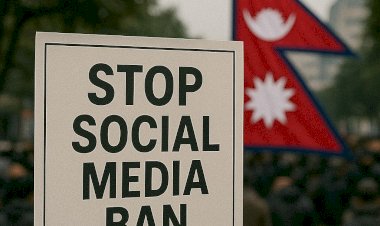Seoul–Washington Summit Charts a New Course for Security and Economic Cooperation

August 25, 2025 — South Korean President Lee Jae-Myung and U.S. President Donald Trump met in Washington today for their first official summit, laying out an ambitious agenda that combined defense priorities with far-reaching economic initiatives.
Security at the Forefront
At the heart of the talks was the U.S. call for Seoul to shoulder a greater share of defense costs. With 28,500 American troops stationed on the Korean Peninsula, Washington is pushing for increased financial commitments, reportedly in the range of $5–10 billion annually. Discussions also touched on “strategic flexibility” — the possibility of expanding U.S. forces’ operational roles beyond the peninsula, a sensitive issue in Seoul.
Trade and Industry Partnerships
On the economic front, the two leaders discussed a recent breakthrough in trade negotiations that would reduce tariffs on South Korean goods in exchange for a sweeping investment package. South Korea has pledged more than $350 billion in commitments, spanning semiconductors, batteries, shipbuilding, and critical materials.
A key highlight was the unveiling of the MASGA plan — “Make America Shipbuilding Great Again” — under which Seoul will invest $150 billion in revitalizing the U.S. shipbuilding industry. The initiative underscores both countries’ efforts to deepen industrial and technological ties at a time of intensifying global competition.
Balancing Relations with China
President Lee faces a delicate balancing act. While reaffirming the strength of the U.S.–South Korea alliance, his administration has also signaled a desire to normalize relations with China and strengthen economic exchanges. This dual-track diplomacy underscores Seoul’s need to navigate between its largest security partner and its largest trading partner.
The North Korean Factor
North Korea continues to loom large. Both leaders reiterated their goal of achieving denuclearization, though Pyongyang’s continued missile tests and refusal to engage diplomatically cast a shadow over progress. Joint military exercises remain a flashpoint, with the U.S. emphasizing deterrence while Seoul works to avoid escalation.
Looking Ahead
The summit marks a turning point for both nations:
-
For South Korea, the challenge is to secure security guarantees while safeguarding economic autonomy.
-
For the U.S., it is about reinforcing alliances and leveraging economic cooperation to support domestic industry.
If managed carefully, today’s summit could set the stage for a more resilient partnership — one capable of adapting to both regional instability and global economic shifts.

 content-team
content-team 
















